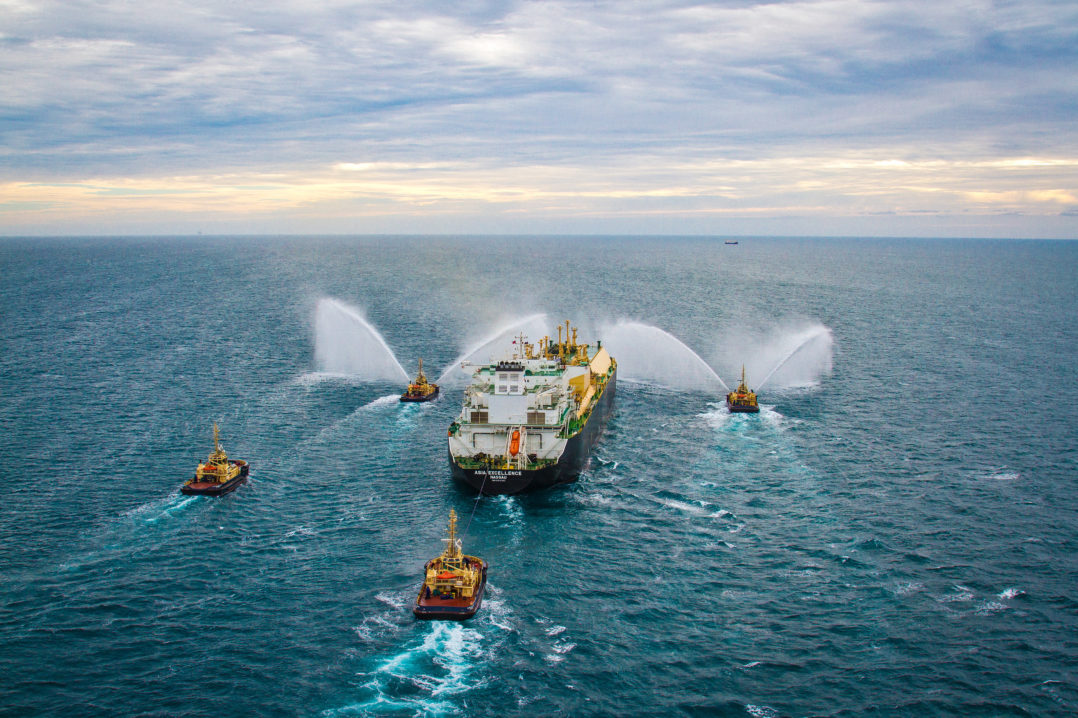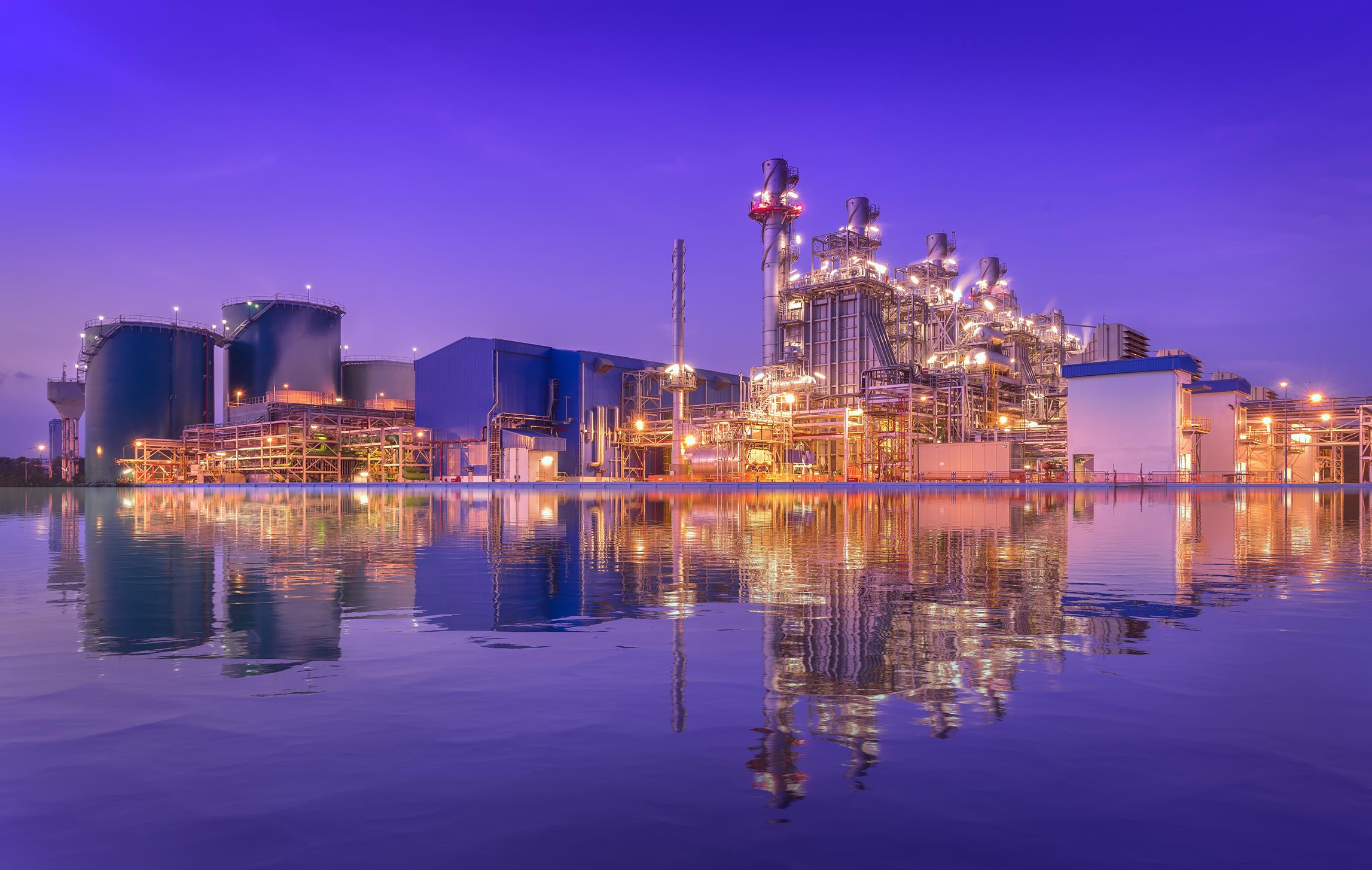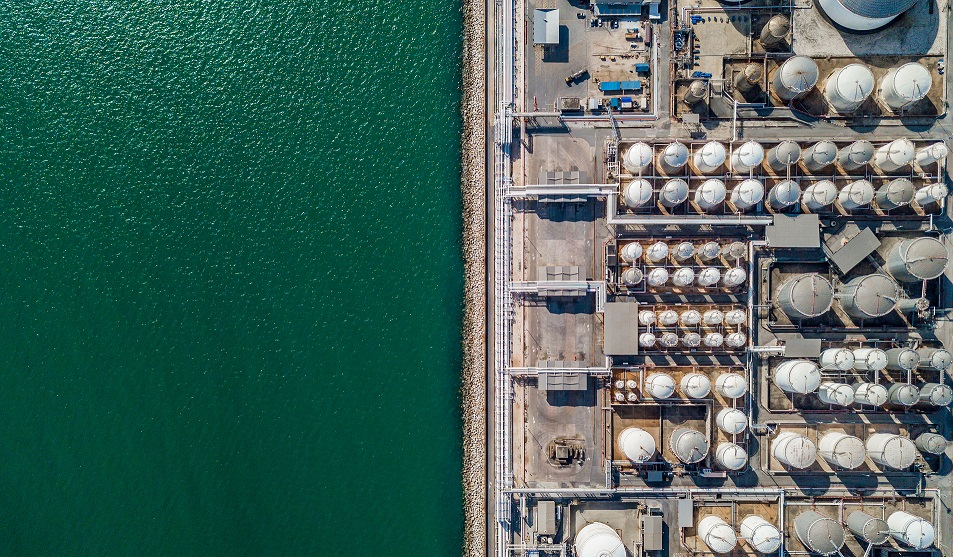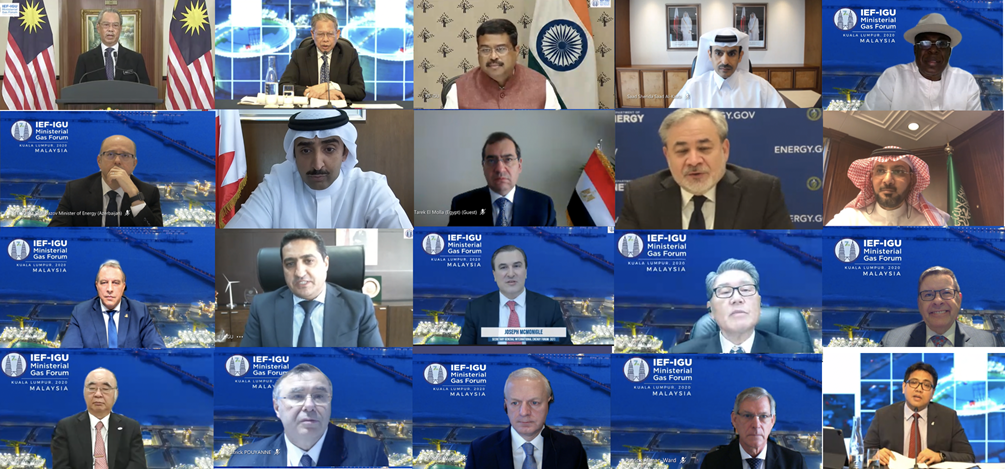Australia’s oil and gas industry says the International Energy Agency’s (IEA) World Energy Outlook 2022 report underscores the profound and lasting impact that Russia’s invasion of Ukraine has had on global energy markets.
The Australian Petroleum Production & Exploration Association (APPEA) said the report continued to confirm the critical importance of gas in the energy mix.
However, the report had implications for the IEA’s projections of gas use in future years, particularly in Europe.
APPEA Chief Executive Samantha McCulloch said: “The World Energy Outlook highlights that, as the global energy market is being reshaped following the Russian invasion of Ukraine, the ongoing recovery from the COVID-19 global pandemic and to meet emissions reduction commitments, natural gas remains an important part of a cleaner energy future.”
Ms McCulloch said the versatility of natural gas was underscored by the different roles it played across the scenarios outlined in the IEA outlook.
“In every scenario outlined by the IEA, natural gas has a critical role to play in Asia through coal-to-gas switching, carbon capture, use and storage (CCUS), hydrogen production, supporting renewables, and the rise of low-carbon gases.
“Demand for natural gas in the fast-growing developing Asian market continues to provide an economic opportunity for Australia.
“Ongoing investment, to maintain existing production and facilities, or to fund growth, is required under all scenarios.
“Under APS for example, global natural gas production investment of around $US100 billion is required.”
The IEA outlines the role of gas in the three scenarios:
In the Announced Pledges Scenario (APS), global natural gas demand is lower in 2030 than 2021, but increases in developing Asian markets, with gas demand increasing by 67% out to 2030 and 55% out to 2050 in India and by 20% in Southeast Asia out to 2030 and 9% our to 2050.
In the Stated Policies Scenario (STEPS), natural gas demand rises at an average rate of 0.4% per year between 2021 and 2030. Demand reaches 4,400 bcm in 2030 and stays at that level to 2050. Gas demand in the Asia-Pacific region increases by 13% out to 2030 and 28% out to 2050.
In the Net Zero Emissions by 2050 Scenario (NZE), natural gas demand is lower in 2030 than in 2021; gas demand is met by natural gas used either for non‐combustion purposes or equipped with carbon capture, utilisation and storage (CCUS) for the remainder. Around 500 bcm of natural gas is used with CCUS to produce low‐emissions hydrogen in 2050, providing around 25% of total hydrogen demand.
The Announced Pledges Scenario (APS) assumes that all climate commitments made by governments around the world, including Nationally Determined Contributions (NDCs) and longer-term net zero targets, will be met in full and on time.
Under APS, production in Australia grows through the 2030 before moderating through to 2050. Under STEPS, gas production in Australia grows by 9% and is at the same level in 2050 as 2021.
The Stated Policies Scenario (STEPS) reflects current policy settings based on a sector-by-sector assessment of the specific policies that are in place, as well as those that have been announced by governments around the world.
The Net Zero Emissions by 2050 Scenario (NZE) sets out a narrow pathway for the global energy sector to achieve net zero CO2 emissions by 2050.





